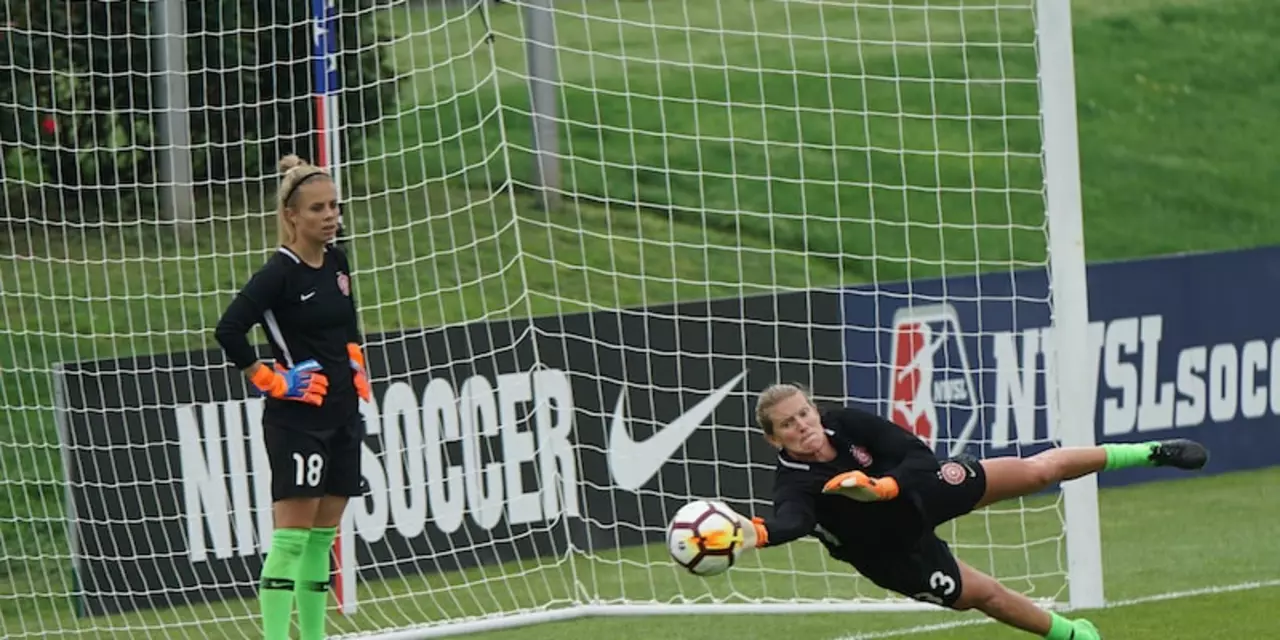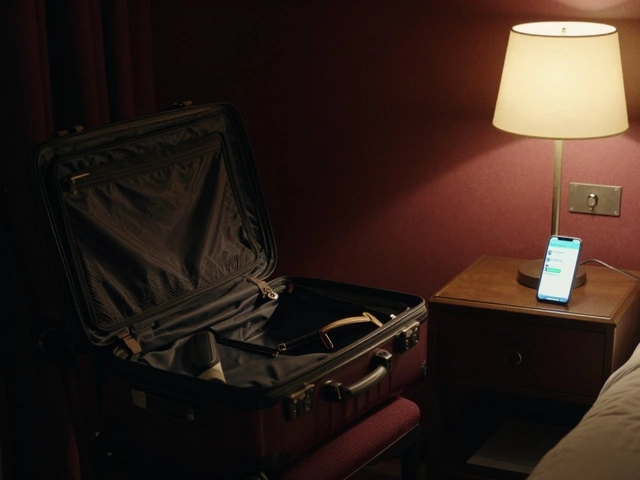Footwear – Your Quick Guide to Soccer Cleats
When you lace up for a match, the right pair of cleats can change the whole experience. It’s not just about looking good on the pitch; it’s about comfort, grip, and how the shoe works with your foot shape. Below we break down the most asked‑about topics so you can pick a pair that feels right from the first kick.
Nike vs Adidas – Which Cleat Fits You?
Nike tends to make a tighter, more sock‑like fit. If you have a narrow foot or like a snug feel, Nike’s Hypervenom line often feels like a glove. The heel stays locked in place, which helps with quick changes of direction.
Adidas, on the other hand, offers a slightly wider toe box. Their Predator and X series give more room for players with broader feet. You’ll notice a bit more breathing room, which can reduce hot spots when you play long sessions.
Both brands use similar stud patterns for traction, but the feel under the foot is the main difference. Try each brand on a practice field if you can. Walk, jog, and do a few cuts – the one that feels natural is the winner.
How Long Do Soccer Cleats Last?
Durability depends on the material and how often you play on harsh surfaces. Synthetic uppers, like those on the Hypervenom, hold up well in mud and rain. I’ve seen players keep the same pair for a full season without major wear.
Leather shoes can last even longer if you break them in slowly, but they need extra care – keep them dry and use a shoe‑tree after games. The sole’s stud design also matters; softer rubber studs wear quicker on artificial turf, while harder metal studs survive longer on firm ground.
To stretch the life of any cleat, clean them after each match. A quick brush to remove mud and a light spray of shoe‑cleaner keep the material from breaking down.
Now that you know the basics, here are a few quick tips you can use right away:
- Measure your foot length and width before buying – size charts vary between brands.
- Check the stud type for the surface you play on most – firm ground, soft ground, or indoor.
- Try the cleats with the socks you normally wear; thicker socks can change the fit.
- Buy a pair with a bit of extra room if you plan to wear orthotics.
- Replace them when the studs flatten or the upper feels loose.
Choosing the right soccer footwear isn’t rocket science, but a little research saves you pain and money. Whether you go with Nike’s snug feel or Adidas’ roomy design, the goal is the same: stay comfortable, stay fast, and enjoy the game.
How to stretch soccer cleats?
This article provides an overview of the steps required to properly stretch soccer cleats. First, the cleats should be soaked in hot water for 10-15 minutes before they are stretched with a shoe stretcher. Additionally, the cleats should be stretched lengthwise and width wise, with extra attention given to the toe box. Furthermore, the cleats can be stretched with a hair dryer, by slowly moving the hair dryer over the cleats for approximately 10 minutes. Finally, the cleats should be worn for a few hours after stretching to ensure that they fit properly.



